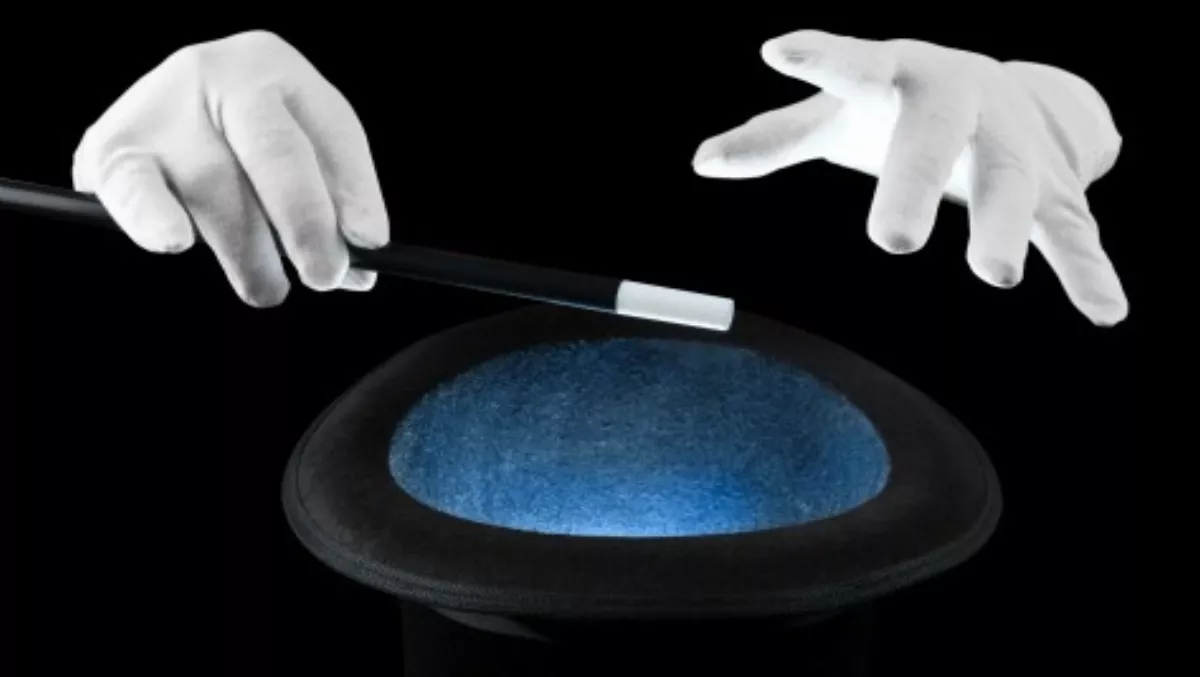
A research company has hit back at what it calls hype and overly optimistic predictions about the internet of things, urging the industry to ‘get real' about IoT predictions.
Beecham Research, which says it has specialised in the development of the M3M and IoT market worldwide since 2001, says while there is no doubt that the M2M and IoT markets are moving quickly and provide great new business opportunities, unrealistic predictions could cause companies to run out of time and money before they see a return on their investment.
The analyst and consulting firm, which has offices in the United Kingdom, United States and Europe, says forecasts of 20 billion connected devices in 2020 are ‘pie in the sky' and unrealistic, and could be damaging to the industry if they are believed and companies build their business plans on such false promises.
Forecasts ranging from 10 billion to 50 billion connected by 2020 and new revenue in the trillions of US dollars have been cited in recent months.
Robin Duke-Woolley, Beecham Research chief executive, says there are ‘significantly less' than one billion connected devices worldwide today, excluding mobile phones and general purpose devices such as tablets.
“To suggest that growth rates exceeding 50% per annum are credible when the long term growth in this market has been consistently in the range 20-30% per annum prompts the question – why and what is likely to accelerate the overall growth rate so spectacularly?,” Duke-Woolley says.
“There is no answer to that. Equally problematic, even if those numbers could be achieved in shipments, there is not nearly enough resource available to install and implement them,” he adds.
Duke-Woolley says proponents of ‘many billions by 2020' often suggest the big numbers will come from connected devices in homes and workplaces and the likes of heating and air conditioning systems, security alarms, fridges, washing machines and office equipment.
“While some households may have a dozen or more connected devices, there is no evidence yet of connected devices in the home taking off in a big way,” Duke-Woolley says.
He says the benefits and monetisation of these devices are still not clear.
However, Beecham Research does believe new low power, low data rate, long range network technologies such as low power wide area networks (LPWANs) will provide a growth spurt for the IoT market.
David Parker, a Beecham Research senior analyst says he expects LPWANs to deliver up to five million connections by the end of 2015 and increase quickly thereafter.
“This is coupled with new cellular technology becoming available within the next two years termed LTE-M or narrowband IoT and derived from 4G technology,” Parker says.
“Many now believe it is this that will provide the real growth momentum for low data rate applications.”
Duke-Woolley is particular critical of predictions of trillions of dollars of new revenue.
“We need to get real here,” he says bluntly.
“The total GDP of the United States – the biggest national economy in the world – is currently 18 trillion dollars annually [according to the International Monetary Fund]. To suggest that new revenue from IoT will approach even 10% of this over a five to 10 year period is unrealistic and unhelpful.
